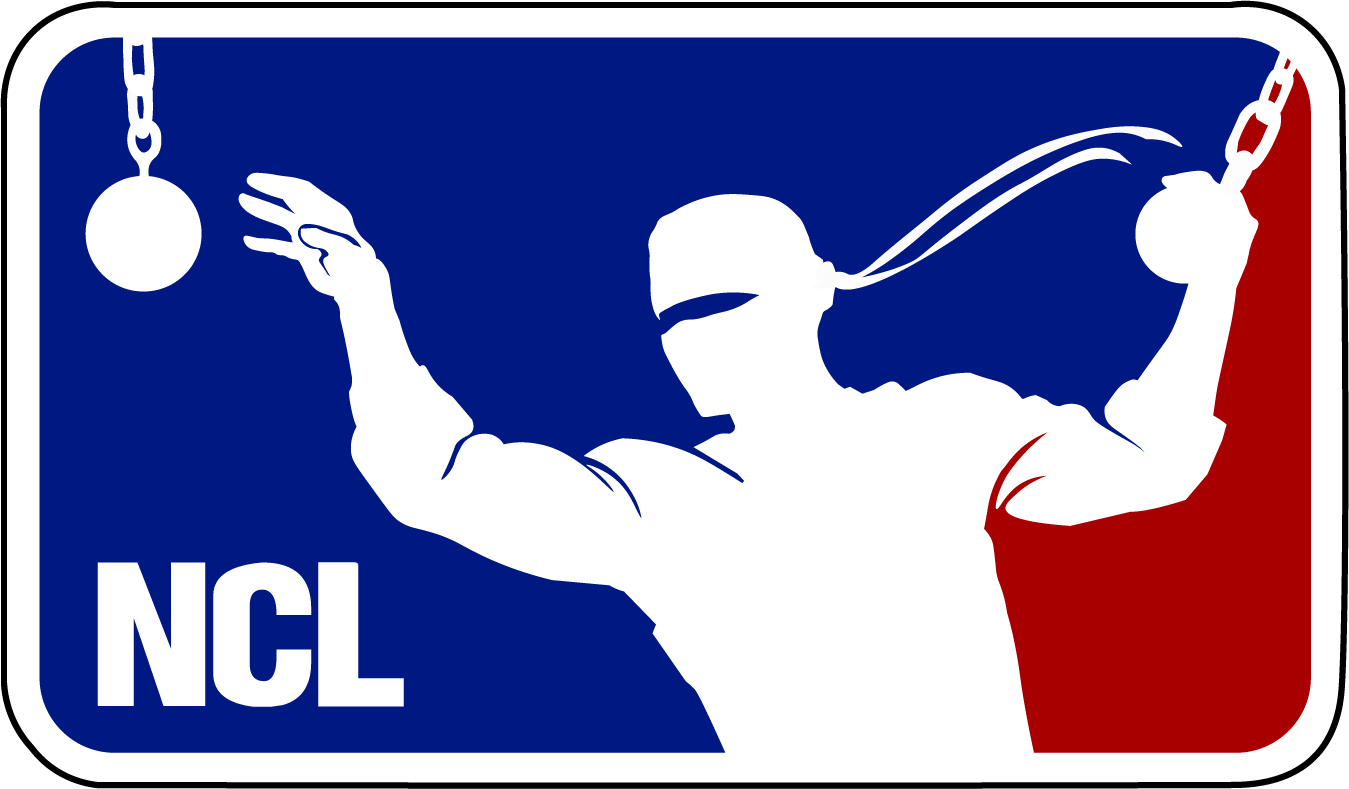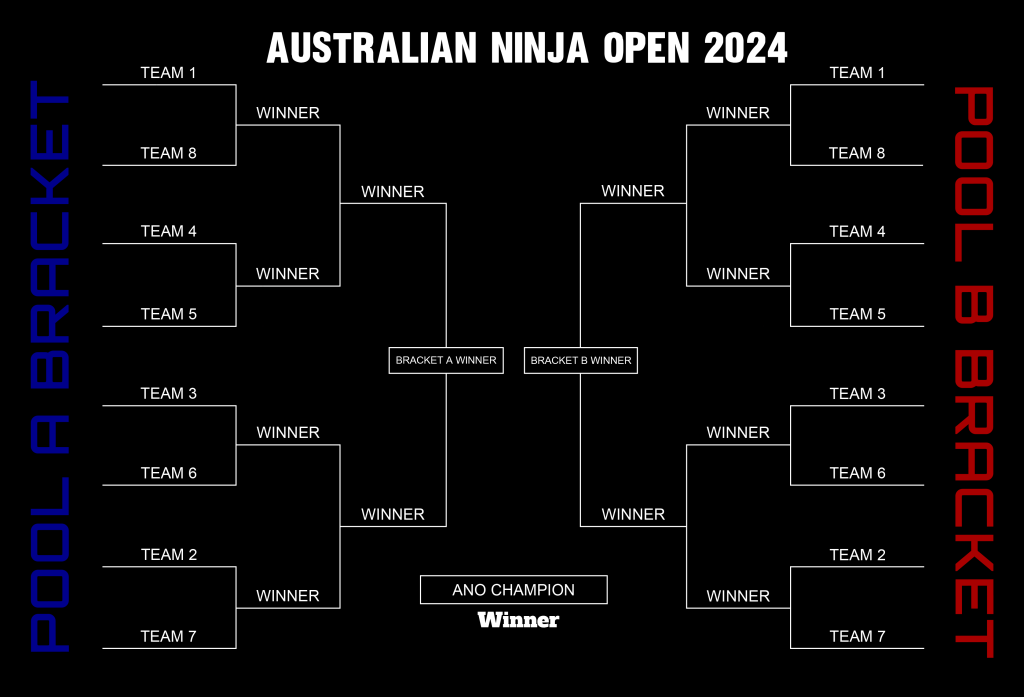Bookings have now closed and the field is set for an exciting QLD Youth Finals 2024 at Urban Xtreme on Saturday, August 3. We can’t wait to see what our incredible athletes from QLD, WA and VIC can achieve on our challenging two-stage courses.
Below you’ll find the official run orders and a rough schedule for the day.
But before that, a quick refresher on the format for each stage and some other house-keeping matters:
Course rules & demonstrations:
Given the tight turnaround from my arrival to the day of the competition, courses and rules for each stage will be available on Friday, August 2 at the earliest. If we encounter delays, we may need to continue finalising filming of the demonstrations on the morning of Saturday, August 3.
We will publish the rules to our YouTube page and email you a link when they are ready, but be sure to subscribe to our channel just in case the email goes to junk or spam.
Athletes will be expected to have watched and understood the rules for each stage ahead of the competition – there will be no rules walkthrough on the day.
Stage 1:
In the first stage, competitors will face a speed course with a tight time limit, and must hit the buzzer to officially progress to Stage 2. If a competitor falls on Stage 1, their run will officially be over, but they’ll be able to attempt the remaining obstacles until their time limit expires.
If less than 10 competitors clear Stage 1, then unofficial runs will be given to the next best performing competitors until there are 10 runners in Stage 2.
Stage 2:
In the second stage, competitors will face a more technical, challenging course with a more generous time limit, with final rankings determined by furthest fastest.
Any unofficial runners will attempt Stage 2 first, followed by official runners.
If an unofficial runner fails on an obstacle on Stage 2, their run will be over and they will have to clear the course for the next athlete without attempting any remaining obstacles.
If an official runner fails on an obstacle on Stage 2, their run will officially be over, but they’ll be able to attempt the remaining obstacles until their time limit expires.
Results:
Live results for each stage will be posted on our website (we will share a link once it is available), but these will only be finalised after the conclusion of the event, to allow time for any reviews and challenges.
Schedule:
- 3:30 to 4pm: Kids & Mature Kids (MK) competitor sign-in and t-shirt collection
- 4pm to 4:15pm: Kids Stage 1
- 4:15pm to 4:30pm: MK Stage 1
- 4:30pm to 4:50pm to 5:00pm: Kids Stage 2
- 4:50pm to 5:10pm: MK Stage 2
- 5:10pm to 5:15pm: Kids & MK Podiums
- 5:15pm to 5:30pm: Pre-Teens (PT) & Teens competitor sign-in and t-shirt collection + course changes
- 5:30pm to 6:05pm: PT Stage 1
- 6:05pm to 6:30pm: Teens Stage 1
- 6:30pm to 7:20pm: Pre-Teens Stage 2
- 7:20pm to 8:00pm: Teens Stage 2
- 8:00pm: PT & Teens Podiums
Run order:
Kids Division
- Henry Neill
- Lucas Tibaldi
- Edward Rafter-Sharpe
- Dominic Dows
- Callum Nagel
Mature Kids Division
- John Stanton
- Hartley Smith
- Julian Halsall
- Donovan Bennie
Pre-Teens Division
- Jett Woolnough
- Flynn Jones
- Dylan Cleary
- Theo Chambers
- Darcey Jenkins
- Quinn Healy
- Elliot Newman
- Isabella Allen
- Alison Szulc
- Christian Pitot
- Dominic Halsall
- Kobi Roberts
- Benjamin Dows
Teens Division
- Elsie Koch
- Miles Janes
- Zachary Willis
- Bailee Myers
- Lily Farley
- Stevie Klein
- Stephen Rogers
- Jai Whitby
If you have any questions, please don’t hesitate to ask – otherwise we’ll see you in just under two weeks!
All the best,
Mark Ravi
NCL Commissioner


Recent Comments